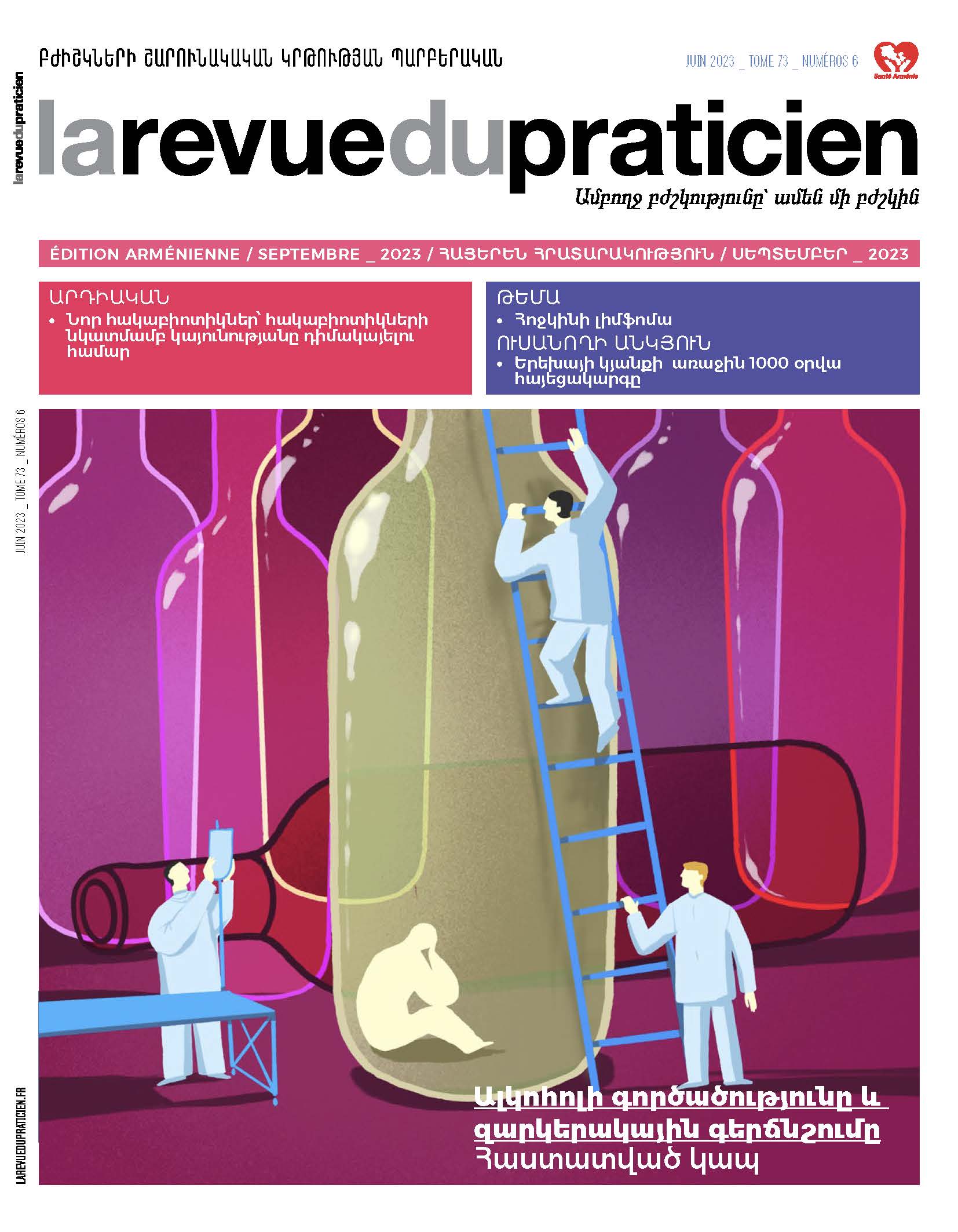Toxicité des thérapies ciblées et de l’immunothérapie par inhibiteurs des points de contrôle dans le lymphome de Hodgkin 58
Jean-Marie Michot, Julien Lazarovici.Résumé
Chez les patients ayant un risque accru de récidive ou de progression après une autogreffe, ou en cas de rechute après autogreffe ou après au moins deux lignes de traitement quand la polychimiothérapie intensive n’est plus une option, un traitement ciblé anti-CD30 par brentuximab vedotin peut être proposé. Le brentuximab vedotin est un anticorps monoclonal dirigé contre le CD30 et couplé à un agent cytotoxique antimicrotubule, la monométhylauristatine E. Le principal effet indésirable du brentuximab vedotin est la neuropathie périphérique. Chez les patients ayant une rechute après chimiothérapie intensive incluant une autogreffe, et après échec de brentuximab vedotin, une immuno– thérapie anti-PD1 (nivolumab ou pembrolizumab) peut être proposée. Les effets indésirables des anti-PD1 (programmed cell death protein 1), liés à l’immunité, sont très variés et assez imprévisibles (endocrinopathies, rash, colite, pneumopathies interstitielles). Les profils de tolérance du brentuximab vedotin et des anti-PD1 et la gestion des principaux effets indésirables de ces traitements sont détaillés pour la pratique clinique.
